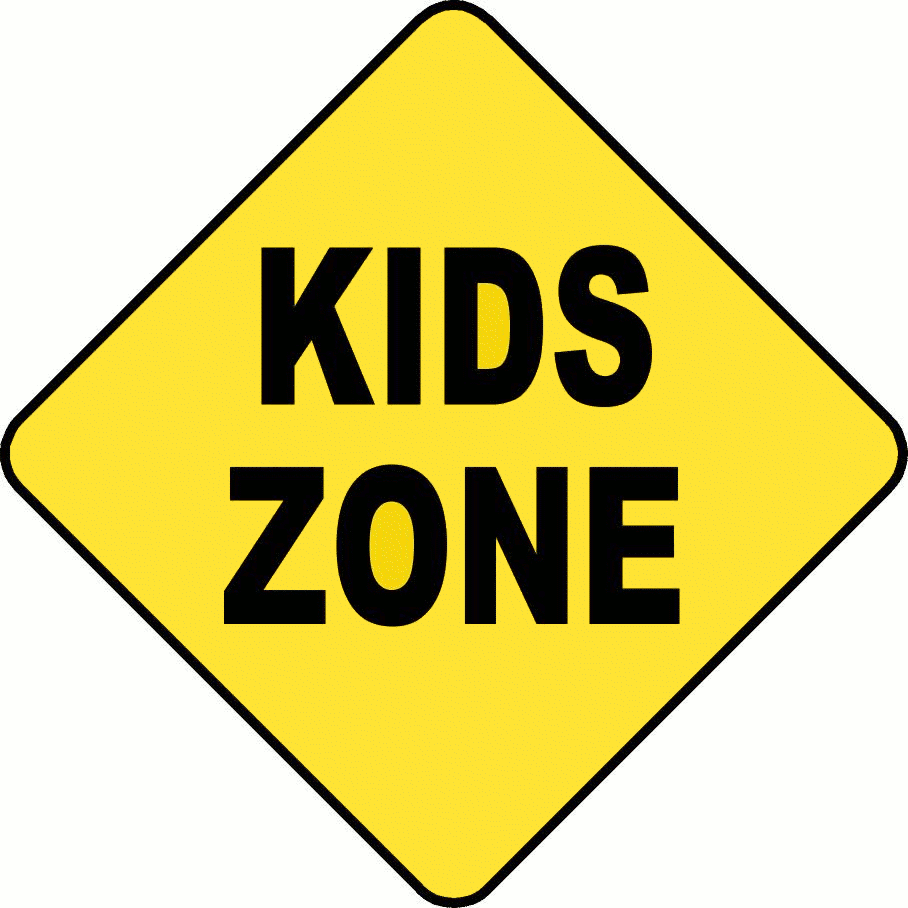Gallery Walk variation
Write significant questions (read my book, The Art of Teaching Confirmation for more information on significant questions) or thoughtful statements on large post-it notes and place them around the room. The post-its help start discussion, so make sure you ask good questions or make good statements that help guide students to your goals. Remember that the goal is to have discussion, not to write post-it notes.Round 1
Give each student a few small post-it notes. Have small groups travel around the room reading and responding to the questions on their post-its and post them on the wall next to the questions/statement. Students can ask questions or make comments about what they read.
Round 2
Have students walk around the room again and put a hash mark on questions or comments they want to have answered or talk more about. If they have follow-up questions they can add them too.
The facilitator then can walk around the room and use the students' comments and questions to have table discussion.
Stay tuned for more discussion strategies!

